Whether you’re making dairy free apple pie for the 4th of July, Thanksgiving, or just because, this dairy free dessert couldn't be easier. Serve with a scoop of ice cream on the side.
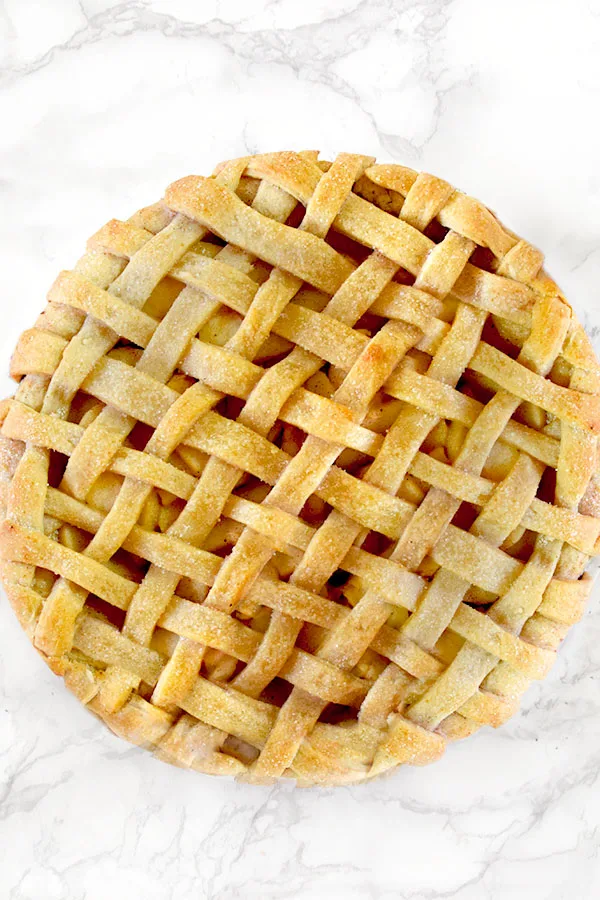
While the earliest known apple pie recipe is from England dating back to 1381, it wasn’t what we’d think of as apple pie today. It included not only apples and spices, but also figs, raisins and pears.
The Dutch style was in some ways more similar to the American apple pie we know today. It often only used apples in its pie, it did call for cream, a laundry list of spices, and was often topped with a crumb topping.
However, apple pie has been a cornerstone of American culture since English and Dutch settlers came to the New World.
Since the only native apple is the crab apple, Eurpoeans had to wait for the varieties they brought with them to grow into trees and bear fruit. However, these trees quickly led to the development of hundreds of new native varieties.
The truth is, even after the settlers had apples, they mainly used it for cider. It only started to really gain popularity around the time colonists declared their independence.
There are American apple pie recipes, both manuscript and printed, from the 18th century, and apple pie was a common food in Delaware at the time.
Then, in the 1920s, the phrase as American as apple pie started to appear in print. By World War II, soldiers declared that they were fighting “for mom and apple pie.”
Does apple pie contain dairy?
Usually, apple pie is made with butter. This recipe is dairy free.
What type of apples are used
Usually tart apples like Granny Smith apples are used because they hold their shape better than sweet apples. Other apples include Braeburn, Gala, Cortland, Bramley, Empire, Northern Spy, and McIntosh.
How thin to slice apples
Apples should be cut as thin as a quarter to half inch slices. I really like using a peeler and corer machine for this because it gets the slices just right and saves loads of time.
Why pre-cook the apples
By pre-cooking the apples before baking them they actually stay firmer. I know it sounds counterintuitive, but trust me, it works. This is because an enzyme naturally present in the apples will convert the pectin in the cell walls into a heat-stable form.
You do this on the stovetop but you risk over-heating them and turning them into apple sauce. Or, in the microwave, but its a bit of a hassle. Sous-vide is a great option but it takes an hour.
So, I recommend using the hot water method which is pretty much you pouring boiling hot water over the apples and letting them sit covered for 10 minutes.
Why add lemon juice
Lemon juice helps prevent the apples from browning. If you don’t have it, it’s not the end of the world. I don’t always use it but apples here in Israel also don’t seem to brown as quickly either.
HOW TO MEASURE FLOUR AND OTHER DRY INGREDIENTS
The best way to measure dry ingredients is with a scale. However, this is not commonly done in the United States, where dry measuring cups are used instead.
To measure most dry ingredients, first spoon them into a dry measuring cup and then level off the measuring cup with an upside-down butter knife.
Make sure not to pack it down because it can lead to using more of the ingredient than called for.
The exception is brown sugar. To measure brown sugar, pack it into the measuring cup and then level off any excess.
To measure chocolate chips, nuts, or dried fruit, just pour them in and then level them off.
DRY VS LIQUID MEASURING CUP
Dry measuring cups are a set of cups that often come with measuring spoons. Each cup is a different measurement just like each spoon is a different measurement.
Liquid measuring cups, on the other hand, are cups that have measuring lines on the side to mark the measurements.
The problem with using liquid measuring cups to measure dry ingredients (like flour and cocoa) is that they are powders. So, as you shake the cup to level them off, the powders settle and you end up with more than you need.
I tested this with a friend who didn't believe me and we ended up with a number of tablespoons more than the recipe called for.
WHY sift Powdery Ingredients
There are a number of benefits to sifting powdery ingredients like flour and cocoa.
First of all, flour is often sifted before use to aerate it and remove any lumps. This helps in achieving a lighter texture in baked goods.
Secondly, if you measure flour that's just been sifted, you can get a more accurate measurement than from flour that's been packed tightly in a bag.
In addition, sifting dry ingredients together, such as flour, cocoa, and baking powder, helps make sure they're evenly dispersed.
Sugar
The primary role of sugar is to be a sweetener. However, sugar also contributes to the tenderness and moistness of the baked good by absorbing and retaining moisture and helps create the golden brown color when baking as it caramelizes.
Recipes with more sugar often result in softer, moister textures. However, I learned the hard way that too much sugar leads to a sticky mess.
When it's heated, sugar caramelizes, resulting in a rich, complex flavor and a brown color. This adds both flavor and color to baked goods and is also the process in which caramel sauce, dulce de leche, caramel candies, and regular candies are made.
When used in recipes containing yeast, the sugar is eaten by the yeast, producing carbon dioxide and causing the dough to rise.
Sugar also acts as a preservative in jams, jellies, and fruit preserves by reducing water activity and preventing microbial growth.
There are many different types of sugar, including white sugar, brown sugar, vanilla sugar, powdered sugar, turbinado sugar, and demerara sugar.
When a recipe calls for “sugar” without specifying anything else, it's referring to regular white sugar.
White Sugar
White sugar (sometimes called granulated sugar, table sugar, or white granulated sugar) is made of either beet sugar or cane sugar, which has undergone a refining process.
It is the easiest to find and most commonly used.
Brown Sugar
Brown sugar is white sugar with molasses added to it.
It is commonly used in chocolate chip cookie recipes, and it’s rare for a recipe that calls for brown sugar not to also call for white sugar as well.
When a recipe calls for “brown sugar” but doesn’t specify what type (light or dark), it is referring to light brown sugar.
In my recipes, you can use whatever type of brown sugar you have on hand, whether it is dark brown sugar, light brown sugar, or demerara sugar - which is very common in Israel.
Just keep in mind that the flavor and color will be slightly different, depending on what you choose to use.
Turbinado Sugar
Turbinado sugar is better known as "raw sugar." But, despite this name, the sugar is not really “raw.”
Instead, it's partially refined sugar that retains some of the original molasses.
The term "raw sugar" may also give off the impression that it is somehow healthier.
In reality, turbinado sugar is nutritionally similar to white sugar.
Demerara Sugar
Demerara sugar is very popular in Israel and is especially delicious in tea, but is also used for baking.
Unlike white sugar, demerara sugar undergoes minimal processing and retains some vitamins and minerals.
However, it is still not much healthier than white sugar.
Vanilla Sugar
Vanilla sugar is not very common in the States. However, it is common in Israel and parts of Europe.
This is sugar that sat for an extended period of time with vanilla beans, giving it a vanilla flavor.
Caster Sugar
This type of sugar is common in the United Kingdom.
It has a grain finer than white (granulated) sugar and larger than powdered sugar.
Caster sugar is often called for in recipes for delicate baked goods like meringues, souffles, and sponge cakes.
You can use a 1:1 conversion rate between caster sugar and white (granulated) sugar.
Powdered sugar
Powdered sugar, sometimes known as confectioners’ sugar, is a sugar with a powdered texture.
This sugar is rarely used for baking. Instead, it is used for dusting desserts and making frosting, icing, and glazes.
In some countries, you can also find powdered vanilla sugar.
It is made the exact same way regular vanilla sugar is made. However, the sugar used is powdered instead of granulated.
Vanilla Extract vs Vanilla sugar
In my recipes, I don’t specify what kind of vanilla to use.
The reason for this is that in the States, vanilla extract is exclusively used.
Meanwhile in Israel, along with many European countries, vanilla sugar is common.
In most, if not all recipes, both vanilla extract and vanilla sugar can be used.
In recipes where vanilla sugar can be used instead of extract, you can replace them 1:1.
Replacing Sugar with Honey
If you’d prefer to use honey instead of sugar, you can do so with pretty good results.
Honey can be two or even three times as sweet depending on the honey, so for every 1 cup of sugar, you can use ½ to ⅔ cup honey.
Since honey adds liquid, you need to remove some to balance it out. For every cup of honey, remove a ¼ cup of liquid.
Also, it burns faster than granulated sugar, so you want to lower the baking temperature by 25 F. In addition, check it early and often to avoid burning or overbaking.
How to Store Sugar
Sugar should be stored in an airtight container to prevent clumping and moisture absorption, and kept in a cool, dry place.
Blind Baking The Crust
Blind baking is a technique used to help prevent the crust from becoming soggy and has a crisp texture.
How to Blind Bake a crust
- Cover the crust in the pie pan with baking paper or tin foil
- Fill it with pie weights, sugar, beans, or pennies and bake at 375°F or 190°C for 30 minutes
- Remove the filling and bake for another 10 minutes to brown the bottom
Adjusting for a Convection Oven
Convection ovens blow the hot air around, producing around 25 to 30 percent more heat.
Since convection ovens produce more heat, you need either lowering the temperature or shortening the cooking time to compensate.
When recipes specify temperatures and cooking times, it’s for conventional ovens, unless specified otherwise.
A simple rule to follow is to lower the temperature by 25ºF or 14ºC when baking cookies and pies, and 50ºF or 28ºC when roasting meat and poultry. Some convection ovens offer separate settings for baking and for roasting.
You can also leave the temperature the same and instead, shorten the cooking time by 25 percent. For example, if your recipe calls for 60 minutes in the oven, check the food after 45 minutes instead.
However, keep in mind, some convection ovens actually make a heat adjustment for you. That is, if you set a convection oven for 350ºF, it might actually set itself to 325ºF to compensate. So, check your manual before making adjustments.
WHY IS IT TAKING LONGER THAN DESCRIBED TO BAKE?
Overtime, the thermostat on ovens gets a little off, causing some ovens to run hot and others to run cool. This is why recipes tend to say things like “10 to 15 minutes or until golden brown.”
So, if it takes you longer than expected, that’s fine. Just keep baking until ready.
Make ahead of time
A freshly baked pie can stay fresh on the counter for up to two days and in the fridge for up to five days. Covering it loosely with plastic wrap will help it stay fresh as long as possible.
How to store
Wait until the pie is fully cooled - about two hours. Loosely cover with foil or plastic wrap and store in the fridge for up to five days.
Dairy Free Apple Pie

This apple pie is dairy free and couldn't be easier! Serve alone or with vanilla ice cream.
Ingredients
- 2 ½ lb apples peeled, thinly sliced (1 kilogram)
- ¾ cup white sugar (150 gram)
- 2 tablespoons flour
- ½ teaspoon salt
- 1 teaspoon cinnamon
- ¼ teaspoon nutmeg
- 1 tablespoon lemon juice
- 1 egg, beaten
- 1 tablespoon white sugar
- Double 9-inch pie crust
Instructions
- Place the apple slices in a large mixing bowl. Pour boiling hot water over them and cover. Let sit for 10 minutes before draining the water completely.
- Add the sliced apples, sugar, flour, salt, cinnamon, nutmeg, and lemon juice. Mix until combined and all apples are coated. Refrigerate.
- Preheat the oven to 375°F or 190°C.
- Place 1 pie crust in ungreased 9-inch glass pie plate. Press firmly against side and bottom.
- Pour in apple filling mixture and pat down.
- Either wrap excess top crust under bottom crust edge, flute it, and cut slits or create a lattice design .
- Brush the pie with the beaten egg and sprinkle with sugar.
- Bake pie for 50-60 minutes or until the crust is golden brown.
- Allow to cool completely before slicing.
Recommended Products
Some of the links below are affiliate links, which means that if you choose to make a purchase, I will earn a small commission. This commission comes at no additional cost to you.
Nutrition Information:
Yield:
8Serving Size:
1Amount Per Serving: Calories: 268Total Fat: 6gSaturated Fat: 2gTrans Fat: 0gUnsaturated Fat: 4gCholesterol: 23mgSodium: 233mgCarbohydrates: 53gFiber: 4gSugar: 36gProtein: 3g
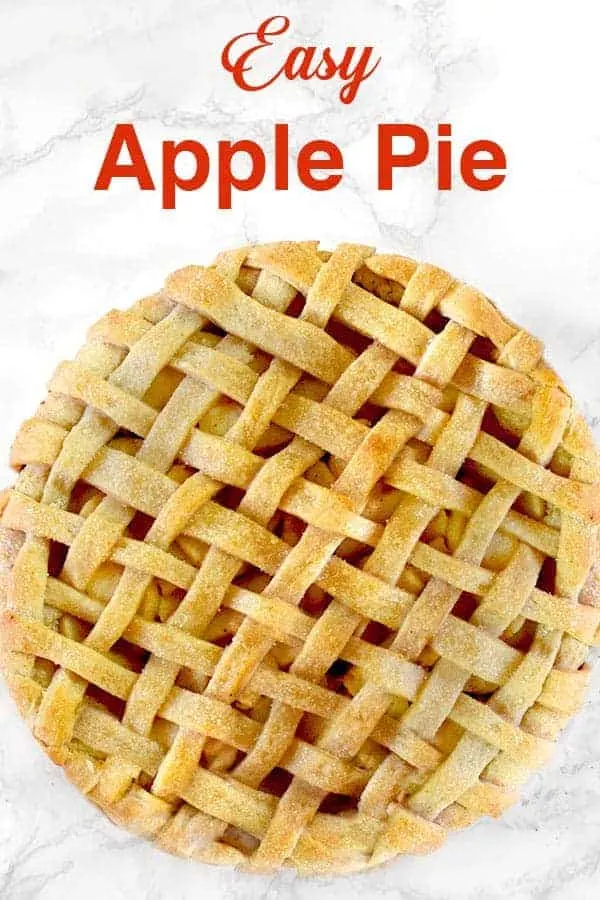



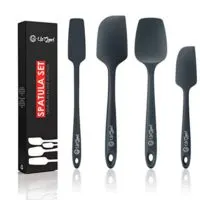
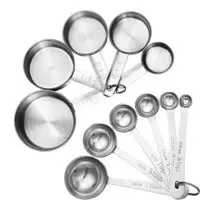
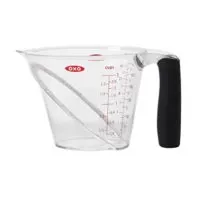
Ann Behar
Tuesday 18th of February 2025
Elissabeth, I have a question. The recipe does not say to blind bake the crust, but you do have a section about blind baking before the recipe. So, do I blind bake or not for the apple pie?
ElissaBeth
Wednesday 19th of February 2025
It's not required but it is recommended, which is why I put it in the post as an option but didn't require it in the recipe :)
MargoH
Thursday 5th of January 2023
Pie was delicious but accumulated a lot of liquid. Why is that?
ElissaBeth
Monday 9th of January 2023
Are you sure you put in the flour?
Keanu
Friday 26th of November 2021
This and the pumpkin pie are insanely delicious. Thank you!!
ElissaBeth
Tuesday 30th of November 2021
You're welcome! I'm so glad to hear you feel that way :)
Shella Faineh
Sunday 31st of October 2021
I make this apple pie all the time . I don’t add nutmeg bc kids don’t like it . I do add a little vanilla extract. Thanks for the recipe . I get so many compliments on the pie .
ElissaBeth
Sunday 31st of October 2021
I'm happy to hear it! Thanks for sharing :)
Shella
Friday 13th of August 2021
I make this apple pie every week for Shabbat. My family is obsessed with it ! I don’t add nutmeg since kids don’t like the taste of it . Thank you so much for sharing the recipe .
ElissaBeth
Sunday 15th of August 2021
You're welcome! I'm so glad to hear you and your family love the recipe :)